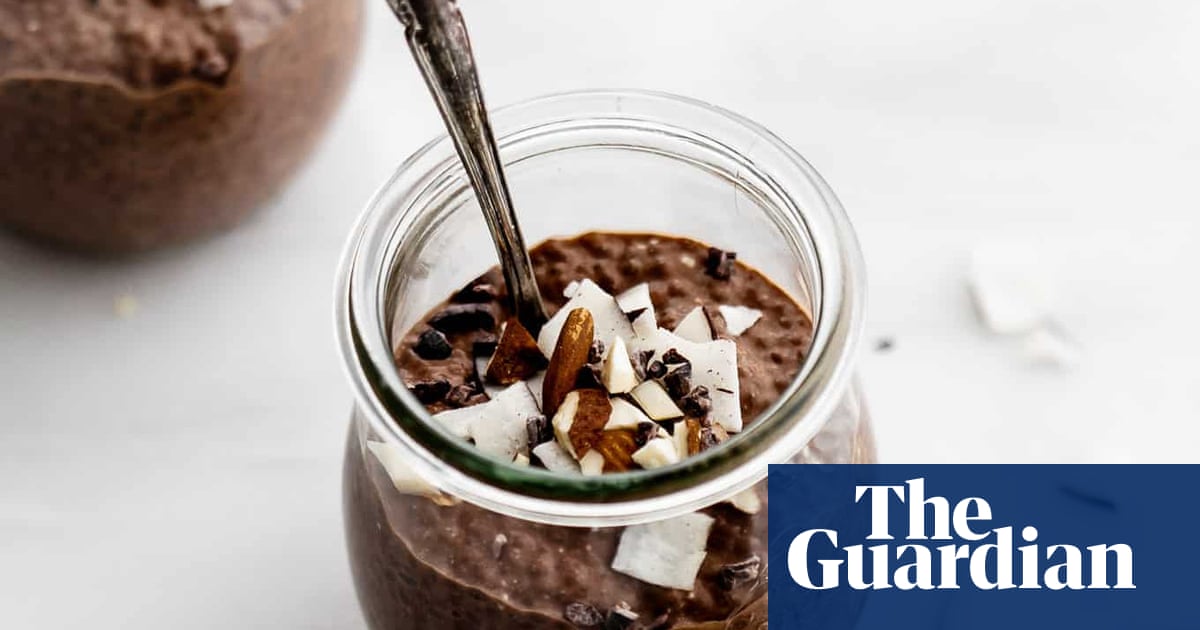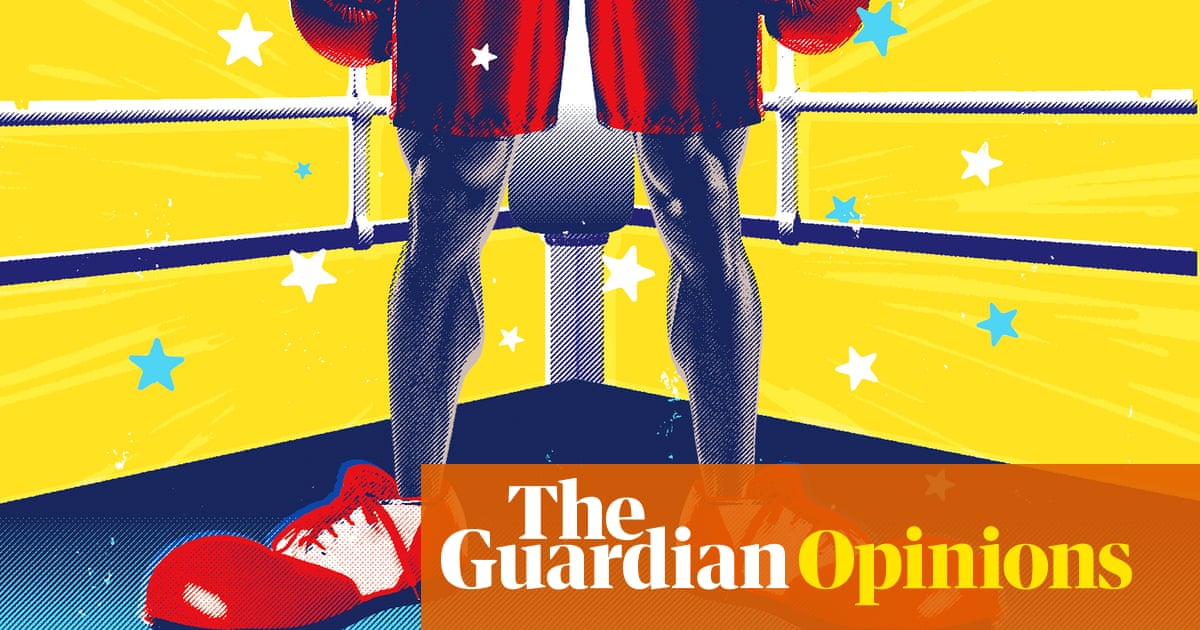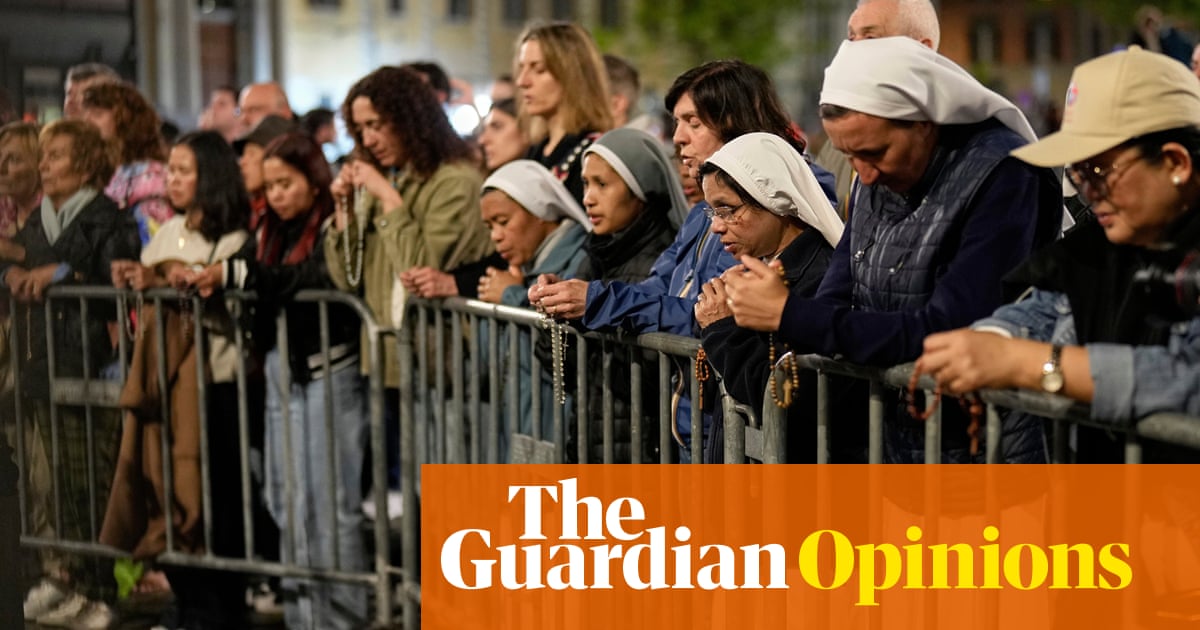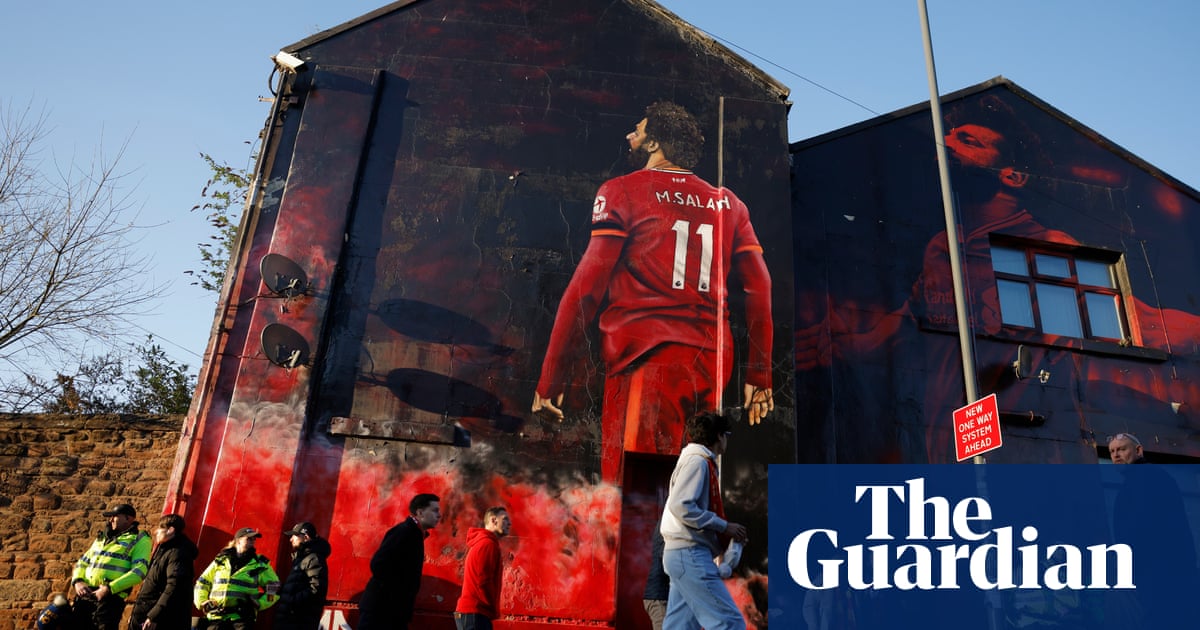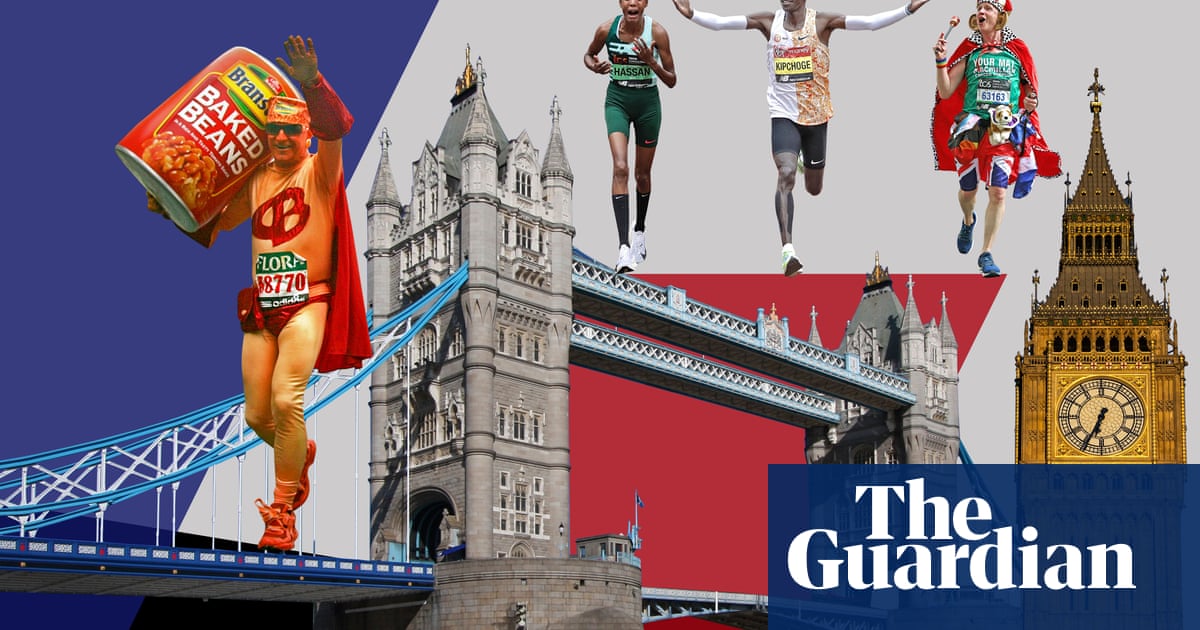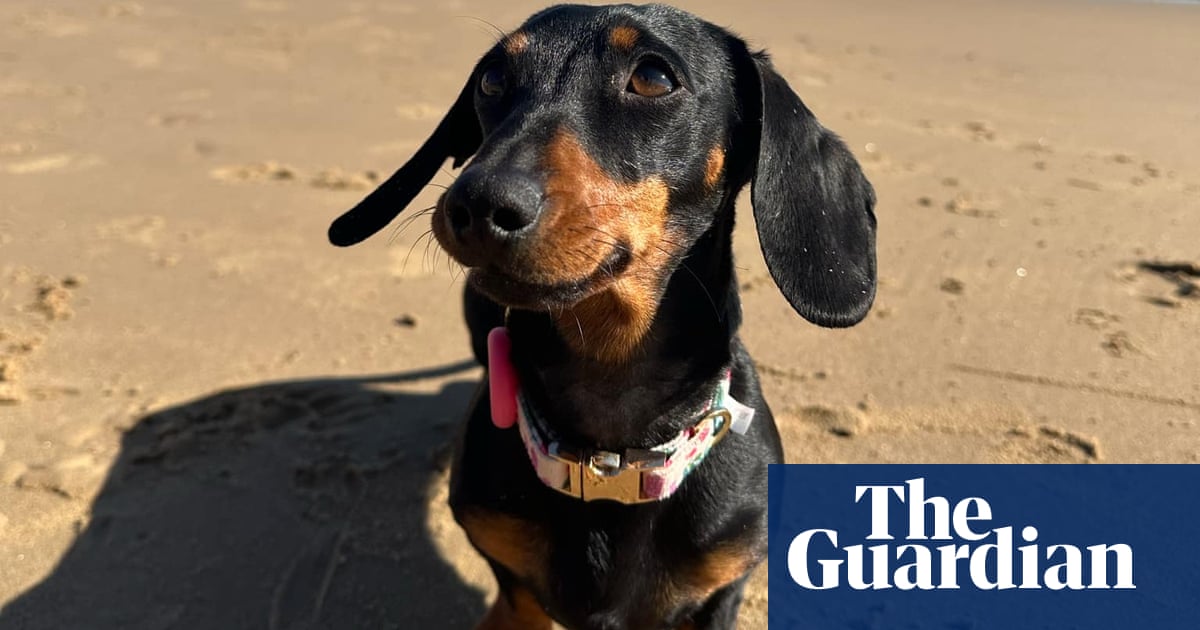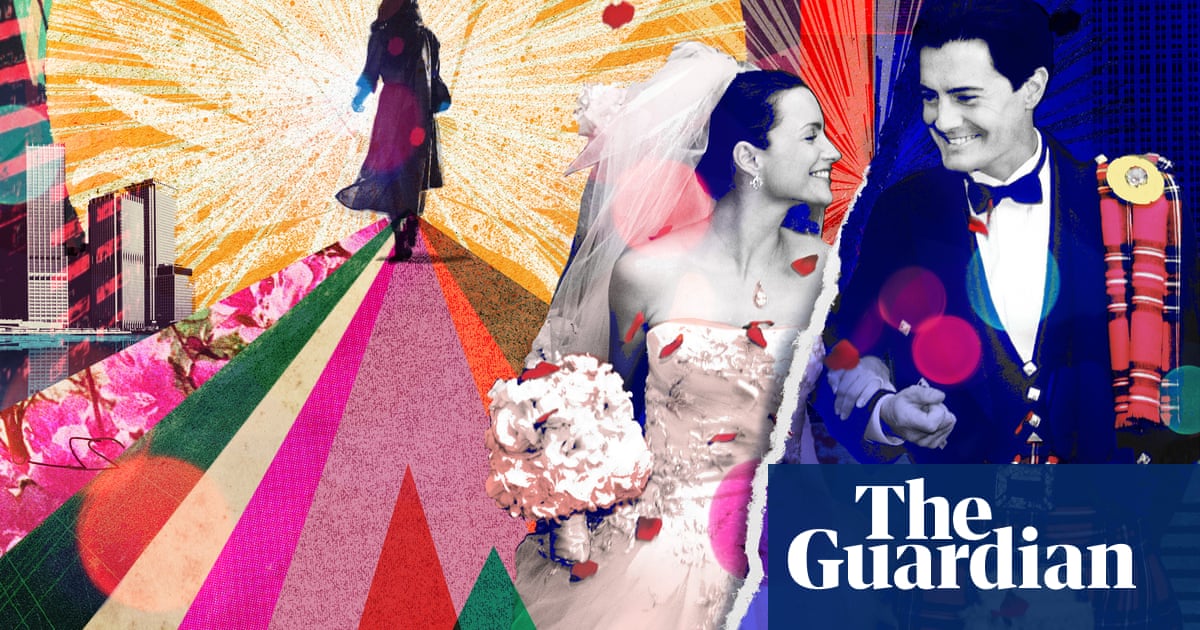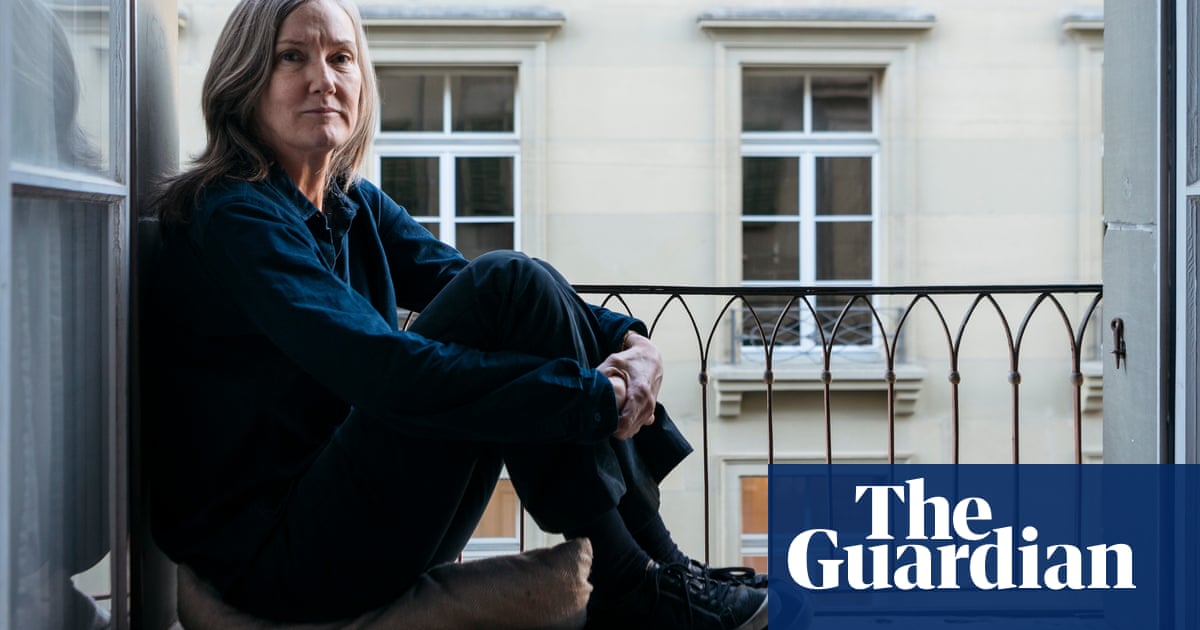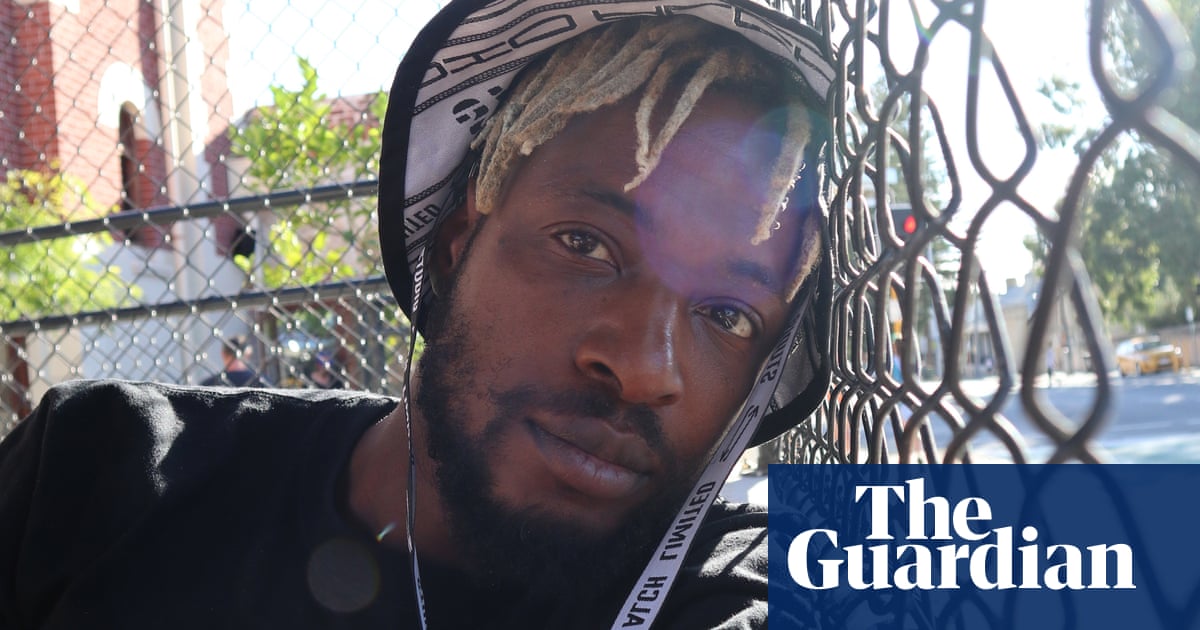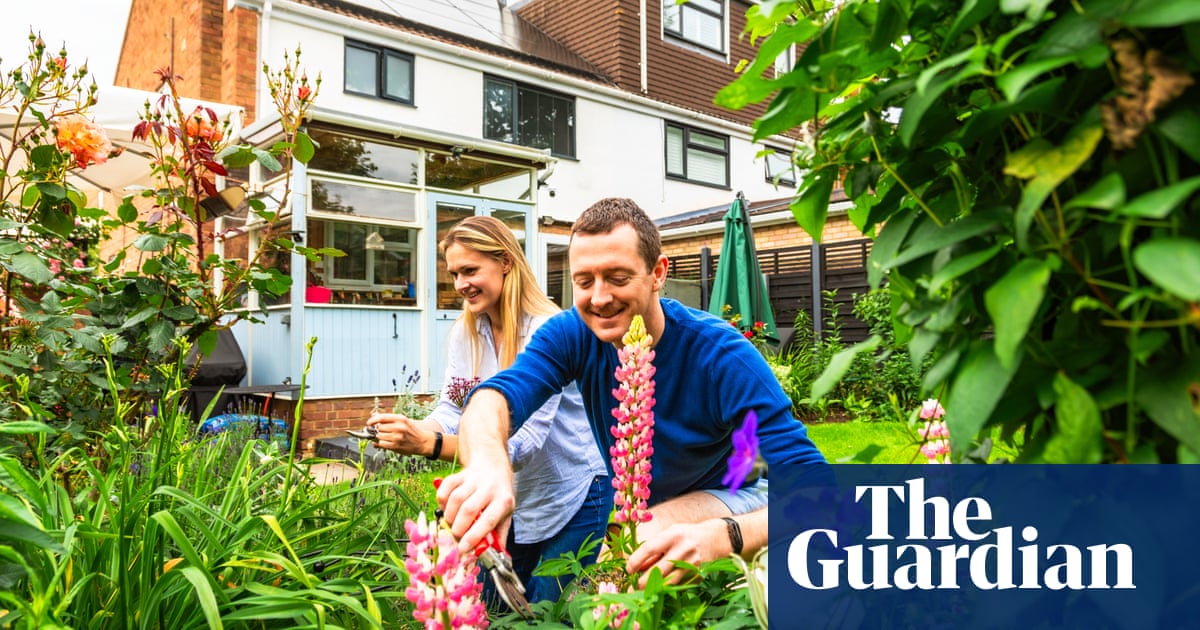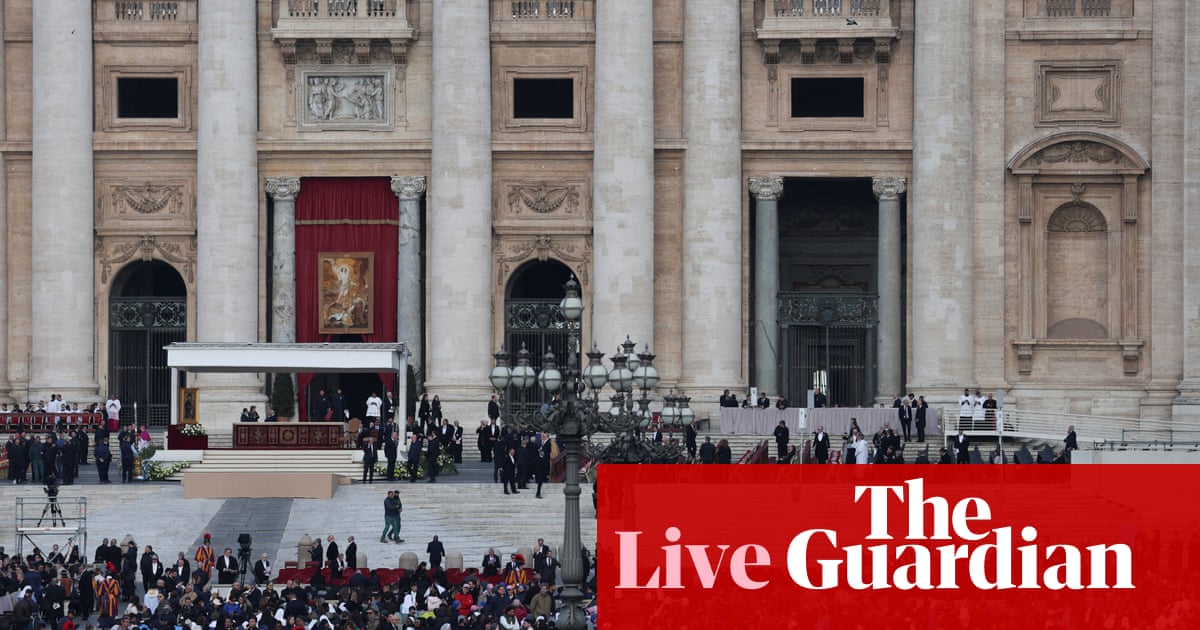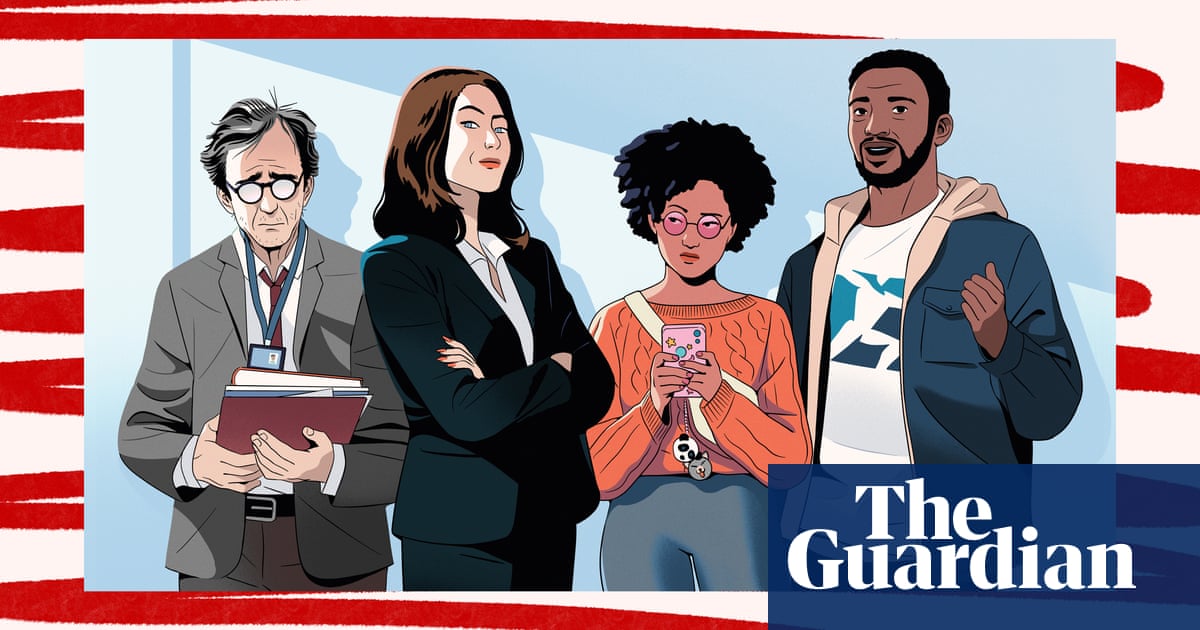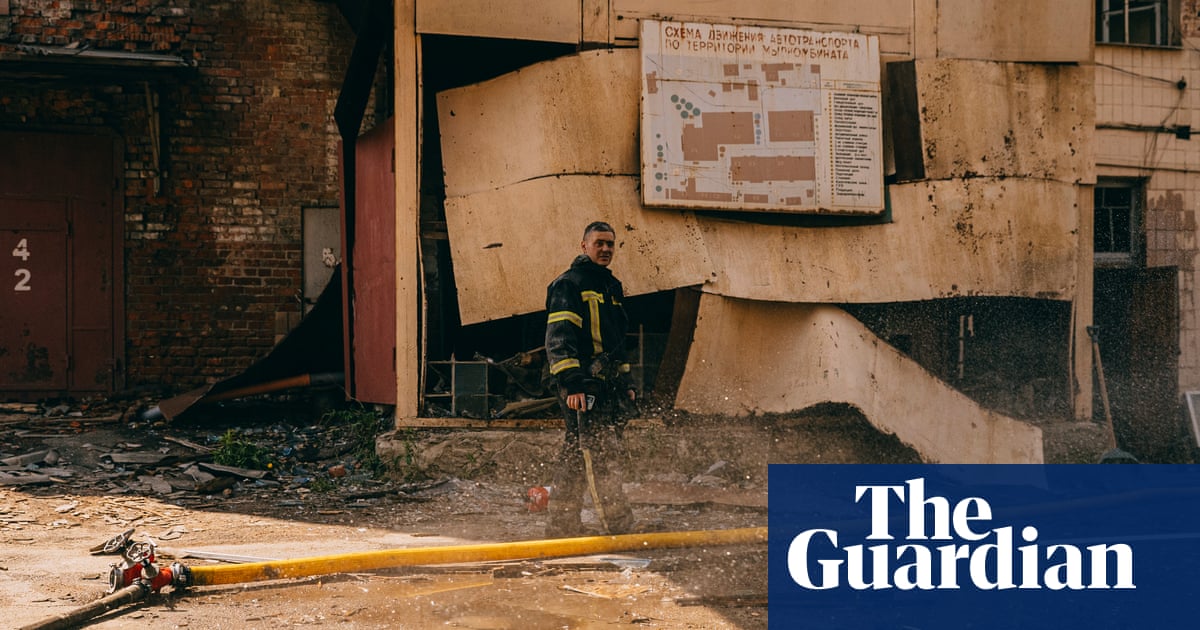About 20 years ago, I was on a judging panel for a photography competition, and one of the other judges was Martin Parr. He was charming and affable, almost teddy bear-ish. He was also utterly ruthless. When it came to deciding which photographs were worthy of a prize, he went through the selection swiftly – no, no, yes, no – without hesitation or doubt. His eye was impeccable.
Has he always known what makes a good photograph? “Oh yes,” says Parr. “Right from the beginning. Total conviction. I knew I would be a photographer from the age of 13, 14, and I knew what was good even then. I was obsessive about photography. All artists are obsessive, I think.”
We are in his agent’s office, a small upstairs flat on a market street in east London. Parr owns the building, and this room used to be packed with his work as well as Parr-type things: his collections of Saddam Hussein watches, Soviet-space-dog ephemera, Spice Girls merch. He was obsessed with gathering all sorts of daft stuff, but he’s stopped now to concentrate solely on his work. Though as he says, “photography is a form of collecting.”

His obsession now is the Martin Parr Foundation, headquartered in Bristol, which he established in 2017 and which is where all of his photos have been moved to (along with the watches, space dogs and Spiceys). The foundation is a collection of documentary photography of the British Isles, his own and other people’s. Alongside maintaining Parr’s huge archive, it buys work by lesser-known photographers, gives bursaries to those who are just starting out, has a library and gallery, curates shows, and is Parr’s legacy, what he’s most proud of. He’s 72, is in cancer recovery and is conscious of his age. “Hopefully it will be of some benefit,” he says. “I’m not going to say I’m saving the world. I never expect photography to change anything.” Perhaps not, but the Foundation is clearly a good thing: the website is great and the current show, featuring Siân Davey’s photos of family life, is excellent.
“Have you been to visit it?” he asks. I haven’t. He looks a bit miffed. He’s quick to pick up on things he thinks I’ve missed about what he does. When we go for a coffee after the interview, he says, almost triumphantly, “You just missed me taking a photo with my phone, of that wall!”
In my defence, there is so much of Parr’s work to see that you could spend your whole life looking at his photographs. He’s been working since the 1980s, has had well over 80 exhibitions all over the world, has published more than 145 photography books. He is madly prolific, with an archive that’s endlessly recategorisable. “If you want me to do a book on dogs, no problem,” he says. “I can come up with 100 pictures straight away. Or cigarettes. I’ve just done a book called No Smoking, using my archive, edited by my gallery here in London.”
Is he constantly thinking about work?
“More or less, yes. I’m either thinking about things I haven’t shot, or things I’ve done. What’s got to be done. What can I do next? Where can I go?”

How would he define his style? “It’s the palette of bright colours, and getting in close to your subject matter. The colour helps to take it one step away from reality. I guess that’s a part of my, erm… ‘vision’ sounds a bit pretentious. And humour. Life is funny. I try to bring that into the images.”
His pictures are balanced between documentary, satire and commentary, serious stuff disguised as entertainment, turning the familiar into something alien, making you look harder. And they’re highly populated: he loves taking pictures of people. When he’s out and about, he approaches anyone he likes the look of – “a bit of flattery is a very good entrée” – and then asks them not to smile. “People always want to, but when I’m doing a portrait I want to show some sense of dignity and what they’re in front of, their relationship to that.” Or he just takes a shot in the moment. He uses a digital camera and if someone gets upset with him, he shows them the photograph and deletes it, no fuss.
He resists defining his work but has said, “I create fiction out of reality.” What does that mean? “It’s the subjective nature of photography. The only thing that matters is your relationship to the subject. That’s what you’re in control of. It’s all true, but it’s my truth. My personal truth.”
His star was launched in 1986 with his show The Last Resort, a series of pictures he took between 1983 and 1985 of people enjoying themselves at New Brighton, a litter-strewn seaside resort near Liverpool. “It’s still the work I’m most famous for. We keep republishing. It keeps selling.” In 1986 though, it caused some controversy. Some thought Parr’s photos were condescending, though everyone in the photos seemed to be having a most excellent time.
“A lot of people don’t like my work,” he says. “I never quite understand what it is. I suppose they don’t like the directness. They’re blaming me for seeing shabby conditions. With The Last Resort, we showed the work in Liverpool in ’86, and no one mentioned this idea of it being exploitative or cynical. But when it went to the Serpentine, that’s when that all happened. People in the south-east, they don’t know what it’s like in Liverpool, because they’ve never been.”

There was also snobbery, back then, about whether a serious photographer should shoot in colour, as opposed to tasteful monochrome. Plenty of older photographers were outraged by this, as we see in a new documentary, I Am Martin Parr, directed by Lee Shulman, which came out this month. Shulman takes Parr back to the scenes of many of his best known works, including New Brighton. “Much less litter,” he says. “It’s been gentrified.”
He also returns to Hebden Bridge, where he took his first-ever serious set of photographs, The Non-Conformists. These are not quite what you’d expect from Parr: they’re centred around the village’s chapels and are more traditionally observational, quieter, with less movement, shot in black-and-white. He and his wife, Susie, stayed in Hebden from 1975 to 1980 and became embedded in the community, especially with a particular Methodist chapel where the congregation was just seven farmers. Parr went to all of their farms and took photographs. Susie taught at the Sunday school, despite being an atheist (“It always tickles me, that,” says Parr).
“The thing that was weird,” he says, “was they thought we were going to be there for life, and then we moved. One guy, Stanley Greenwood, got upset because he thought we should have stayed.”
Is that the nature of the job?
“Yes, it happens all the time, more especially with films. You have such an intense relationship, they give a lot to accommodate you, and then you’re gone. And you leave a void in their lives.”
Parr was born in 1952 and grew up in Surrey with his parents and sister, who was seven years younger than him. It was a quiet life – “boring”, he says, though at the time he didn’t know – with weekends spent with his parents, who were keen birdwatchers. “I got taken to Hersham Sewage Works most Saturdays, to see the migratory birds.”

In the summers he’d go to Yorkshire to stay with his grandparents, where he discovered both photography (his grandpa taught him how to use a camera) and community. He now thinks that his work in Hebden Bridge was partly about recapturing “a lost childhood”, searching out the social cohesion he found so appealing in Yorkshire, “so strong, and very charming. Everyone knew each other, when you’d go down the shops, people would say hello. We didn’t have that in Surrey.” His family never ate out or went to a seaside resort, just “places like Pagham Harbour, looking for wader birds.” Today, he notes, resorts and beaches are a constant in his working life.
At Surbiton County Grammar school his French teacher deemed him “utterly lazy and inattentive” (now the title of his autobiography, out in September). Though, according to Parr, his lack of application shaped his life for the better, through two events. The first was him failing his History and English A-levels, which meant that out of the three art colleges he’d applied to, he only qualified for Manchester Poly. It was like a door opening: he met Susie (they later had a daughter, Ellen) and became lifelong friends with other photographers, including Daniel Meadows and the late Brian Griffin. “I often reflect on this, when I think back on my life,” he says. “What would have happened if I hadn’t gone to Manchester?”
The other significant academic failure was when he flunked a first-year theory exam and should have been kicked out, but his tutor, Alan Murgatroyd, argued to keep him on the course. When Parr did a big show in Manchester five years ago, he invited Murgatroyd to open it.
Murgatroyd knew what he was talking about: ever since he graduated, Parr has motored through an outstanding career. The amount of books with his name on might seem as though he’s casual about what he does, but that would be wrong: he’s an expert on photography books and he spends a long time working on a subject, several years in many cases. Though he’s speeded up recently: he was diagnosed with myeloma, a type of bone-marrow cancer, in 2021, which, as he says, has “accelerated things”, and made him want to do more work, more quickly. He’s now in remission (he takes chemotherapy tablets), but it affects his back, and he uses a rollator – a frame on wheels – if he has to walk for a long time. “The rollator makes me less threatening, I think, when I approach people,” he says. “They think, poor guy, he’s disabled.” He’s got a disabled parking badge now, which he loves. “I should put it on my CV: can park anywhere.”
Time is running out, and there’s still so much to do! His biography, more shows. He does the occasional fashion shoot (a collection of his fashion photos came out last year called Fashion Faux Parr – he’s always been great with titles), and this summer he’s booked to go to Cheltenham, as well as a week’s Mediterranean cruise and also an airshow. “I’ve never been to an airshow”, he says. “Can you believe it! Everyone looks a bit weird when they’re all looking up, I don’t understand why I haven’t done it before…
“Summer is my big shooting moment. Everything’s happening. People are out and about. We’re good at all that in this country, hobbies and agricultural shows and festivals. We excel at it.”

There are moments he feels he missed. He’s lived in Bristol since 1987, but didn’t take pictures there for years. “And I wish I’d shot more in the 80s. The miners’ strike, I didn’t even touch, I thought, ‘Oh, someone else is doing all that.’ Then I started collecting miners’ strike ephemera – plates, watches – and we did a show on the strike at the Foundation, featuring other people who covered it, like John Sturrock and John Harris. John Harris did the picture of the policeman on the horse, which is now how we remember the miners’ strike. That really demonstrates what photography can do.”
Parr’s politics are more hidden than others, and he’s loathe to discuss them, but you get a sense of them in his 80s series The Cost of Living and later, Think of England. “We all hated Thatcher,” he says now, mildly. Over the years, he’s examined the British establishment in detail, covering Harrow and Christ’s Hospital public schools, the army, the City of London’s livery companies. In 2015 he completed a whole series on Oxford university, but they wouldn’t let him photograph the boat-burning at the end of the summer rowing competition. “It’s a secret life,” he says. “And it’s become more secretive.” He was appointed a CBE in 2021, and asked to go to one of the late Queen’s garden parties. He took a small camera – “I looked up the rules, checked it was OK” – and took photos, but then the Palace said he couldn’t publish them. So he just shows the pictures during talks. “I say, ‘You’re looking at censored photos!’ It’s always quite a thrill.”

His politics are perhaps more recognised in France than here. Actually, his whole career is much bigger over there – “they love photography more, they buy prints, they review shows” – even though Brexit has made it hard to send his books there. He will say he hates Brexit, “but it’s bit difficult to know how to actually articulate that in photographs.”
“In France,” he says, “a guy is singling out the politics of my work for a show in Jeu de Paume. It’s going to be quite different. Not risky, but edgier than most of my big shows would be. It will be called Early Warning.”
Is it about consumerism?
“Well, we’re all too rich, and we all consume too much. As the Chinese middle class come online, they have all the demands that we’ve had: air conditioning, ovens, fridges, holidays. Ryanair’s just ordered 50 new jets. Since Covid, tourism has got even more crazy. No one is prepared to sacrifice their pleasures. I’m aware I’m contributing to it, of course: my air-mile record is pretty big, having flown to so many places. I’m a tourist as well.”
Tourism is Parr’s subject and, to his detractors, his technique. But that is to do him a disservice: Parr’s approach to photography is far more serious and considered. It’s about the relationship between him and what he photographs – usually the UK – and getting that into the pictures. And it’s everything to him.
“It’s what I do, it’s how I function,” he says. “My relationship to Britain, through photography. There’s many things I dislike about Britain. Then there’s all these other things – the hobbies, the fairs, the agricultural shows, the beaches, Radio 4, a cup of tea – those I love. Photographing it all is a form of therapy for me. It’s defined my life.”
I Am Martin Parr is in cinemas now

.png) 2 months ago
20
2 months ago
20

